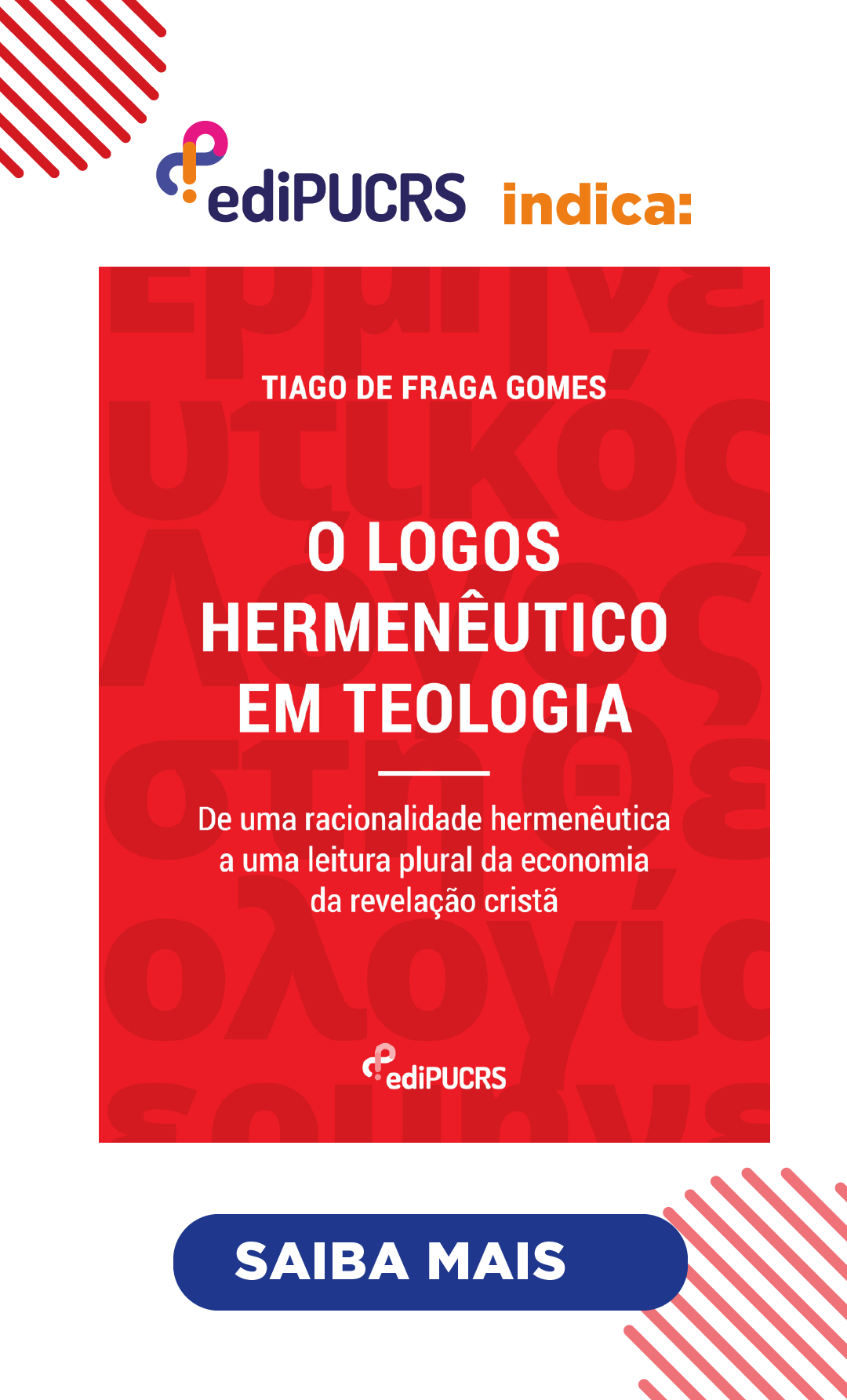The Marian devotion in East-Timor
A dialogue of faith in search of identity
DOI:
https://doi.org/10.15448/0103-314X.2023.1.44642Keywords:
East-Timor, Marian Devotion, Catholic Church, Cultural DialogueAbstract
East-Timor is the most Catholic country in Asia, with independence in 2002. The aim of this article is to analyze Marian devotion in the country, its cultural roots and its vocation as a Catholic expression that illuminates and inspires the region. The methodology is a literature review and dialogue between the authors, one of them being a east-timor priest. In this article, two localities stand out as Marian shrines and is reflected on their meanings: The National Shrine of Aitara, located in a sacred place, passes through resignification: from the site of the tree of the sticking, becomes the tree of healing; the place of suffering and torment becomes relief and encouragement. The "little girl" – the Virgin of Aitara – becomes the Great Protector, radiating a message of redemption and blessing to the whole region. The Sanctuary of Our Lady of Fatima, on the Ramelau peak, brings three traditional characteristics for East-Timor people: geographically it is in the center of the country, occupies its highest place, is a sacred place of transcendence of rest of the ancestors.
Downloads
References
AGÊNCIA ECCLESIA. Devoção a Fátima Está «Muito Enraizada» em Timor-Leste, 2010. Disponível em: http://sites.ecclesia.pt/arquivo/noticias/vaticano/devocao-a-fatima-esta-muitoenraizada-em-timorleste/. Acesso em: 25 nov. 2023.
ANDRADE, M. C. F. M.; DIETRICH, L. J. Encontros e desencontros entre o processo de evangelização cristã e os valores tradicionais de Uma-Lulik. In: SANCHES, M. A.; ALVES, D.; MAIA, J. Timor-Leste em estudo: religião, ética e cultura. Curitiba: CRV, 2022. p. 29-64.
BÍBLIA CATÓLICA. Disponível em: https://www.bibliacatolica. com.br/biblia-ave-maria/sao-lucas/1/. Acesso em: 25 nov. 2023.
BOFF, C. Mariologia social: o significado da Virgem para a sociedade. São Paulo: Paulus, 2006.
CARVALHO, S. Portugal: terra de Santa Maria. In: DIOCESE Leiria-Fátima. Leiria, 4 maio 2021. Disponível em: https://www.leiria-fatima.pt/portugal-terra-de-santa-maria/. Acesso em: 29 dez. 2022.
CASTRO, A. F. A religião em Timor-Leste a partir de uma perspectiva histórico-antropológica. In: NÁCHER, A. Léxico Fataluco-Português. [S. l.: s. n.], 2012. p. 79-118. Disponível em: https://dialnet.unirioja.es/servlet/articulo?codigo=5925766. Acesso em: 23 nov. 2023.
JOÃO PAULO II. Mensagem por ocasião da Independência do Timor-Leste. In: A SANTA Sé. Vaticano, 6 maio 2002. Disponível em: https://www.vatican.va/content/john-paul-ii/pt/speeches/2002/may/documents/hf_jp-ii_spe_20020520_timor-est.html. Acesso em: 23 nov. 2023.
Downloads
Published
Issue
Section
License
Copyright (c) 2023 Teocomunicação

This work is licensed under a Creative Commons Attribution 4.0 International License.
Copyright
The submission of originals to Teocomunicação implies the transfer by the authors of the right for publication. Authors retain copyright and grant the journal right of first publication. If the authors wish to include the same data into another publication, they must cite Teocomunicação as the site of original publication.
Creative Commons License
Except where otherwise specified, material published in this journal is licensed under a Creative Commons Attribution 4.0 International license, which allows unrestricted use, distribution and reproduction in any medium, provided the original publication is correctly cited.





